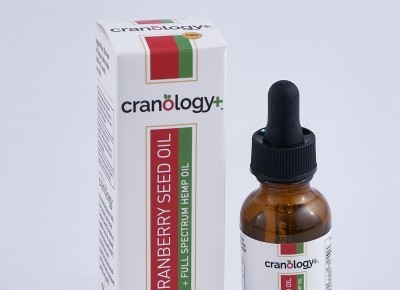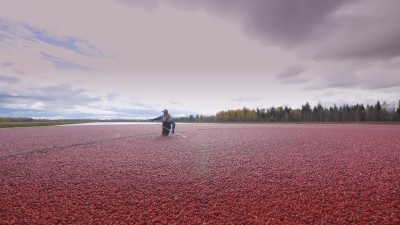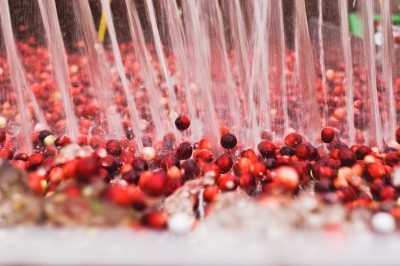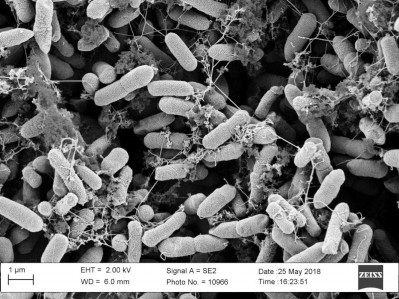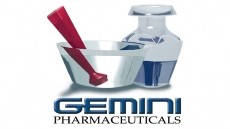AOAC approves methods to ID, quantify cranberry constituents
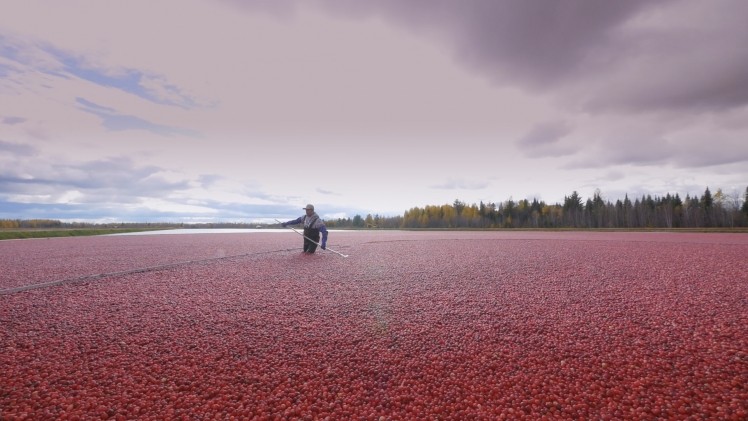
The two methods are DMAC method for quantification and a MALDI-TOF MS method of authentication. The 4-(dimethylamino) cinnamaldehyde (DMAC) assay quantifies soluble (extractable) PACs. Matrix-Assisted Laser Desorption/Ionization Time-of-Flight Mass
Spectrometry (MALDI-TOF MS) is a tool that identifies A-type PACs.
Both were developed and submitted to AOAC by Complete Phytochemical Solutions (CPS), a company formed by several cranberry experts, including CEO Christian Krueger, a research manager at the University of Wisconsin, Madison. Canadian cranberry supplier Fruit d’Or cooperated in the development of the methods.
Tests address marketplace need
Krueger said the tests, which have been under development for a while, were submitted to AOAC as a result of a call for new methods to address a marketplace need.
“About three years ago an AOAC stakeholder group was put together on cranberry. They polled the cranberry market and tried to identify some of the biggest issues in the cranberry supply chain. They found that lack of quantification and identification of cranberry proanthocyanins was an issue. There were a lot of different methods being used, and there was a desire to bring continuity to that,” Krueger told NutraIngredients-USA.
Krueger said both methods had been published in peer reviewed journals prior to submission to AOAC. But the added rigor of the latter process added to the tests’ robustness and reproducibility. Before agreeing to adopt a method, the AOAC process requires the test to be run in multiple labs, both to ensure reproducibility and to identify and potential issues that might mean the method would need to be tweaked. The result is the company’s tests now meet what is essentially the global gold standard for analytical tests, Krueger said.
“While CPS has previously published these methods in other peer-reviewed scientific journals, the data did not satisfy the performance criteria set forth by the AOAC. There is more confidence now that our methods have been scrutinized by the experts and are considered acceptable for adoption and evaluation globally. It evens the playing field when everyone uses the same analytic method. It enables everyone to evaluate cranberry products without having to worry about differences caused by the analytic methods,” he said.
Instruments are now much less expensive
One observation about the MALDI-TOF method, when CPS first began publicizing it several years ago, was that it was all fine and good to develop a test using an exotic instrument, but that many independent labs and in house facilities would not be able to justify that kind of expense. But Krueger said changes in computing power means that MALDI-TOF instruments are vastly smaller and cheaper than they were just a few years ago.
“A MALDI-TOF instrument used to take up 10 or 20 square feet of space. Now you can put it on a desktop and plug it into a 120 volt power source and you are up and running,” Krueger said.
"An HPLC set with an ESI MS unit on the back end will run about $130,000. Investment in a MALDI-TOF MS unit is only about $20,000 -$30,000 more expensive,” he added.
Consensus on testing could boost research
Stephen Lukawski, global sales consultant with Fruit d’Or, said proper quantification and identification of cranberry ingredients will be crucial for developing new indications for the botanical. Standardization of ingredients will be mandatory for conducting reproducible human trials.
“To grow the cranberry industry beyond just UTIs, we need standardized advanced test methods. Companies should look for consistency in quality and control in their cranberry ingredients, from the farm to the time they are delivered to your facility. Every company needs to invest in more research and science before putting a claim on the label. No two cranberry products are the same. One ingredient or one formulation can’t ride the coattails of someone else’s good science,” Lukawski said.
